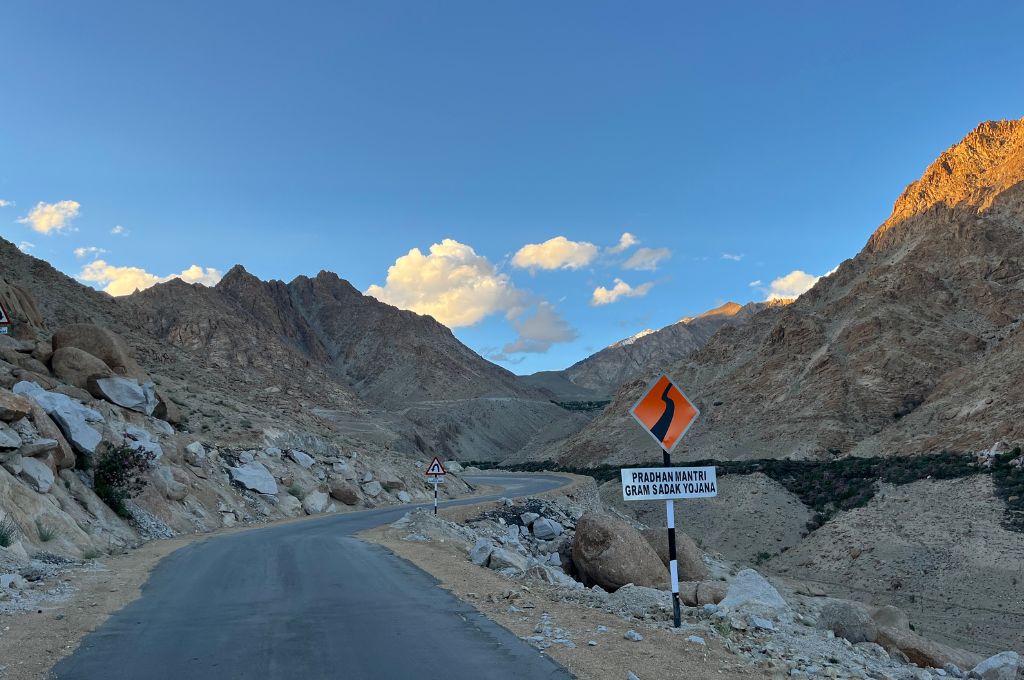Where has the urial sheep of Ladakh gone?

The Ladakh urial is a wild sheep native to the high-altitude terrain of the cold desert. Found only in Ladakh, this subspecies of urial has been classified as endangered and is protected under Schedule 1 of the Wild Life Protection Act. Nevertheless, this wild sheep is disappearing as its habitat shrinks.
Unlike other wild herbivores of Ladakh, such as the blue sheep and the ibex, the urial is not adept at navigating high, rocky terrains. It also requires large grazing areas and thus thrives in habitats characterised by rolling hills and floodplains of the sort usually found in the valleys of Ladakh. The urial also requires easy access to water. In Ladakh’s Indus Valley, for instance, the urial is traditionally found around barren lands close to the villages and the river. As a result, highways and roads, which are often constructed close to the river, cut right through its habitat.
While many of these roads—such as the national highway that passes through the Indus Valley—have been in existence for several decades, the traffic has increased in recent years due to a rise in tourism, the lack of public transport, and an increase in military movement. The grazing lands alongside the roads that connect villages are crucial to the survival of the urial. But these are often classified as wasteland. New infrastructure projects—including guest houses, brick factories, mills, restaurants, and shops—are quickly sprouting up on these wastelands. This not only makes grazing difficult for the urial, but also hampers its access to the river water. Even when new roads are constructed alongside rivers under the Pradhan Mantri Gram Sadak Yojana (PMGSY), the impact on local wildlife is scarcely taken into consideration.
Wildlife conservationists have noted fewer and fewer sightings of the urial in recent years. It is speculated that these sheep are now moving to newer habitats with easier access to water. Others guess that they are moving uphill, closer to the habitat of the ibex. However, due to a dearth of research on this animal, the urial’s new location has not been determined. A large amount of research and conservation efforts in Ladakh focus on the snow leopard. The urial is only relevant when studied in the context of prey for the snow leopard. But while the latter inhabits several other regions in the world, this subspecies of the urial is found only in Ladakh. Without active attention and conservation efforts, the urial risks being lost in the cold deserts of Ladakh forever.
—
Know more: Read this to learn more about the declining camel population in Rajasthan.



